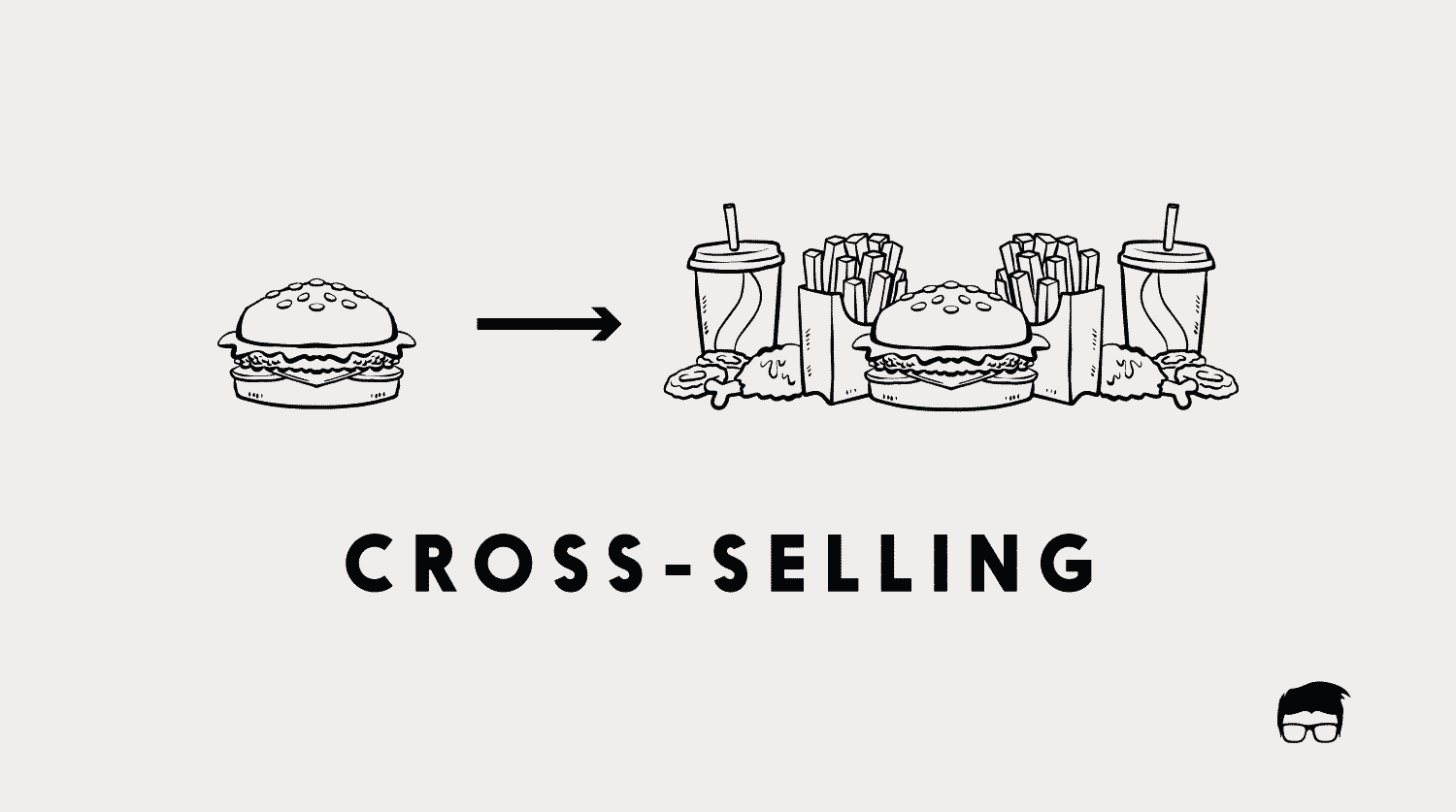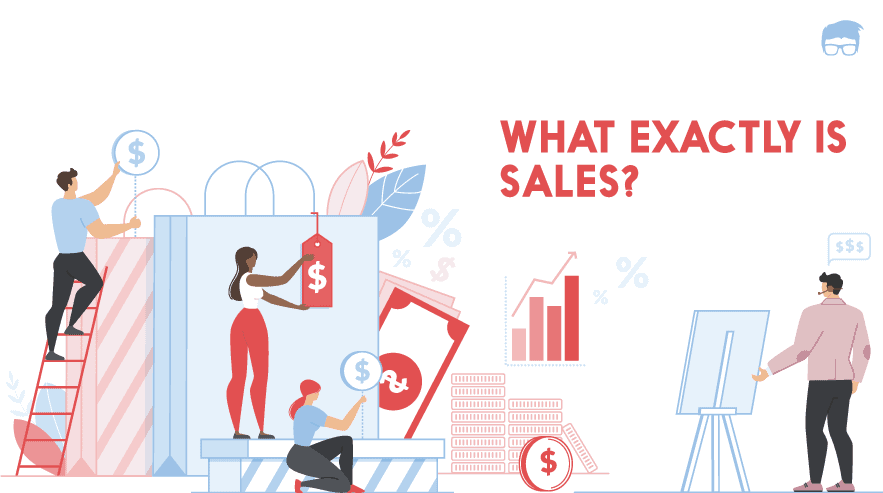In less than 25 years, the internet has brought the whole offline shopping experience right at your fingertips. Even the offline players are trying to fit into the online sphere just because online sales are projected to account for 17.0% of all retail sales within the next five years.
If you’re reading this in or after 2017 and are still alien to the concept of ecommerce, you’ve got do to a lot of work before launching your business in the online ecosystem.
What is Ecommerce?
Ecommerce (short for electronic commerce) is when commerce meets the internet. It refers to the process of conducting trade over the internet.
Technological development has revolutionalised the way people conduct business. Businesses have gone global and serve customers in countries they didn’t even dream of before. There are many types of ecommerce businesses:
B2B Ecommerce
B2B ecommerce model focuses on providing goods and services to other businesses. Examples include online marketplaces, SAAS companies and catalogue websites like – Alibaba, Ahrefs, ExxonMobil, Boeing etc.
B2C Ecommerce
This is the most prevalent eCommerce model where businesses sell their goods directly to the end consumer. These businesses run on the traditional retail model but sell their goods over the internet. Examples include standard retail eCommerce stores, social shopping websites, etc., like Amazon, Groupon, GAP etc.
C2C Ecommerce
C2C eCommerce websites provide a platform for consumers to sell their products to other consumers. The differentiating characteristic of this platform is that the seller is also the consumer of other products. These websites usually make money by charging commissions or through advertisements. Examples include c2c marketplaces and crowdfunding websites like OLX, Letgo, Kickstarter etc.
C2B Ecommerce
There are times when businesses buy products and services from consumers. These products and services can be bought on C2B eCommerce stores and marketplaces. C2B ecommerce usually includes freelance services and specialised products. Examples include recommerce websites like Cashify and freelance websites like Upwork, etc.
Ecommerce businesses are classified into many other types other than these four, all of them which are derived from these.
Ecommerce Business Model
The ecommerce business model is the conceptual structure of your b2b, b2c, c2c, or c2b business strategy. It includes the purpose and goals of your company and how it intends to achieve them.
According to the inventory management and sourcing of the products, the eCommerce business models are classified into:
- Drop Shipping
- Wholesaling and Warehousing
- White-labeling and Manufacturing
Drop Shipping Business Model
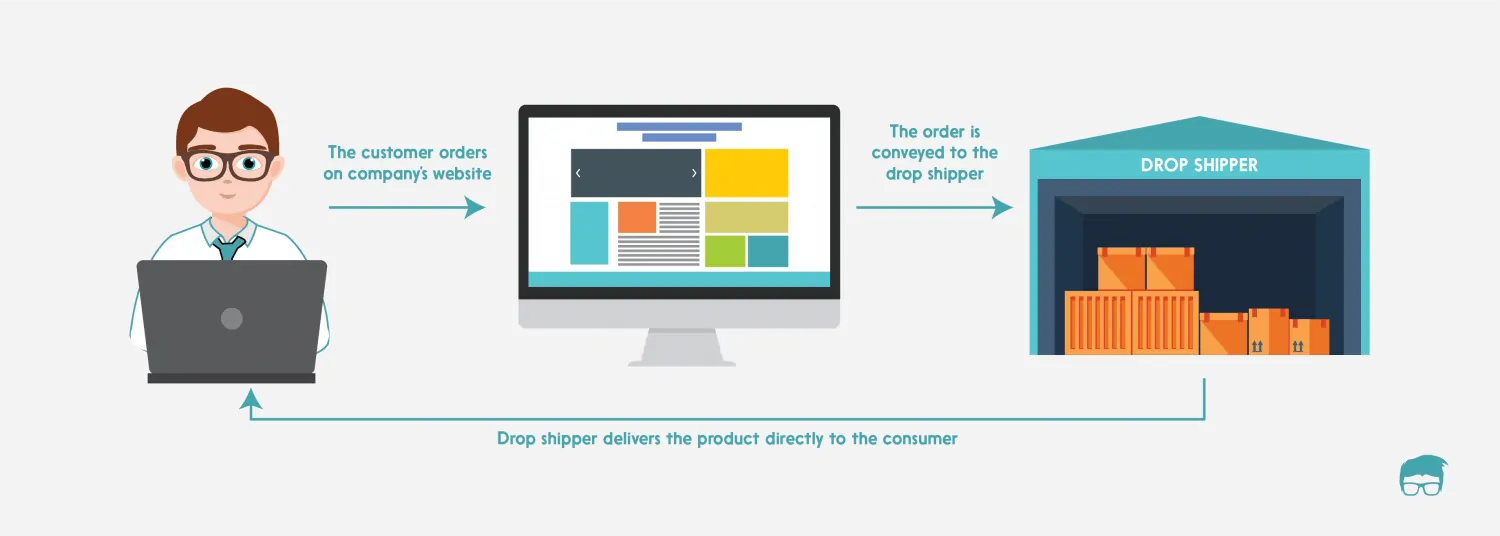
Dropshipping business model is a retail model where you don’t have to care about the fulfilment costs. The model involves a partnership with a wholesale supplier who stocks your inventory deliver the goods on your behalf directly to the customers.
All you have to do is create a platform listing the products for sale and handle the business’s marketing. The inventory, delivery, and handling are taken care of by the drop shipper. There is an extra charge for this, but this is better than piling up an inventory of products with no guaranteed demand.
This type of eCommerce business model is suited for businesses-
- Who don’t have much investment to buy and store inventory
- Who prefer mobility over fixed business locations
- Who prefer to focus more on the marketing of the business
However, there are certain limitations to the dropshipping business model. These include
- A lot of competition
- Low profit margins since many businesses sell the same product
- Heavy dependency on the drop-shipper
How Drop Shipping Works?
Dropshipping works on the principles of the aggregator business model, where you focus on building a brand for your organisation while the actual product or service is delivered by someone else under your brand.
The orders are given to the drop shipper as and when they arrive. This is done either through automated or manual emails, calls, or spreadsheet files, which is decided in the contract between you two.
How To Start Drop Shipping Business?
There are many dedicated dropshipping business websites. These include Shopify, Aliexpress, etc.
Wholesaling and Warehousing Business Model
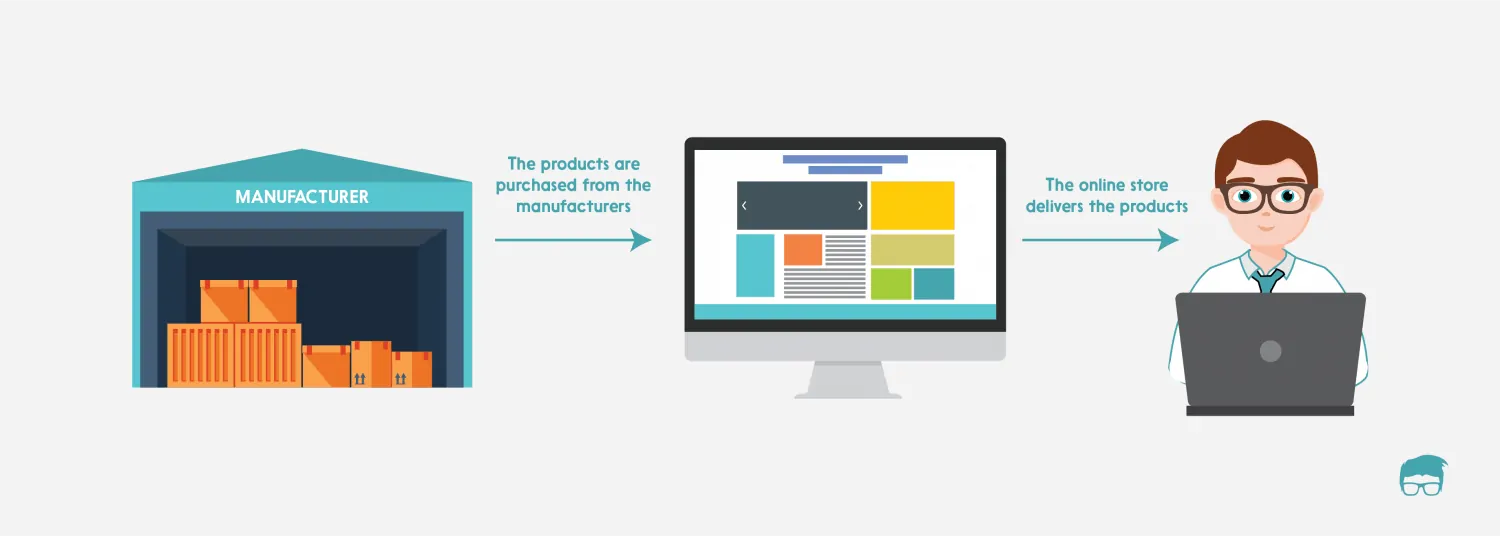
Operating a wholesaling and warehousing eCommerce business model is comparatively simpler when compared to dropshipping. This business model runs on the principles of offline wholesaling. That is, you buy products directly from the manufacturer or the middleman at discounted rates, store them in your warehouse, and sell them at profitable prices. This business model suits businesses with guaranteed demand.
Setting up and maintaining a wholesaling and warehousing eCommerce business model requires a lot of investment and supervision. This type of eCommerce business model is suited for businesses which-
- want every aspect of their business in their control
- deal in exclusive products
- have guaranteed demand for their products
- want to sell products in volume
- want to cater to other businesses (b2b)
However, there are certain limitations to the wholesaling and warehousing business model. These include
- A lot of upfront investment
- Business may make losses if there isn’t much demand
- Dependence on sale volumes to generate profits.
Examples Of Wholesaling And Warehousing Business Model
DollarDays, with a product catalogue of 26,000 products, is an excellent example of wholesaling and warehousing business model.
White-labelling And Manufacturing Business Model
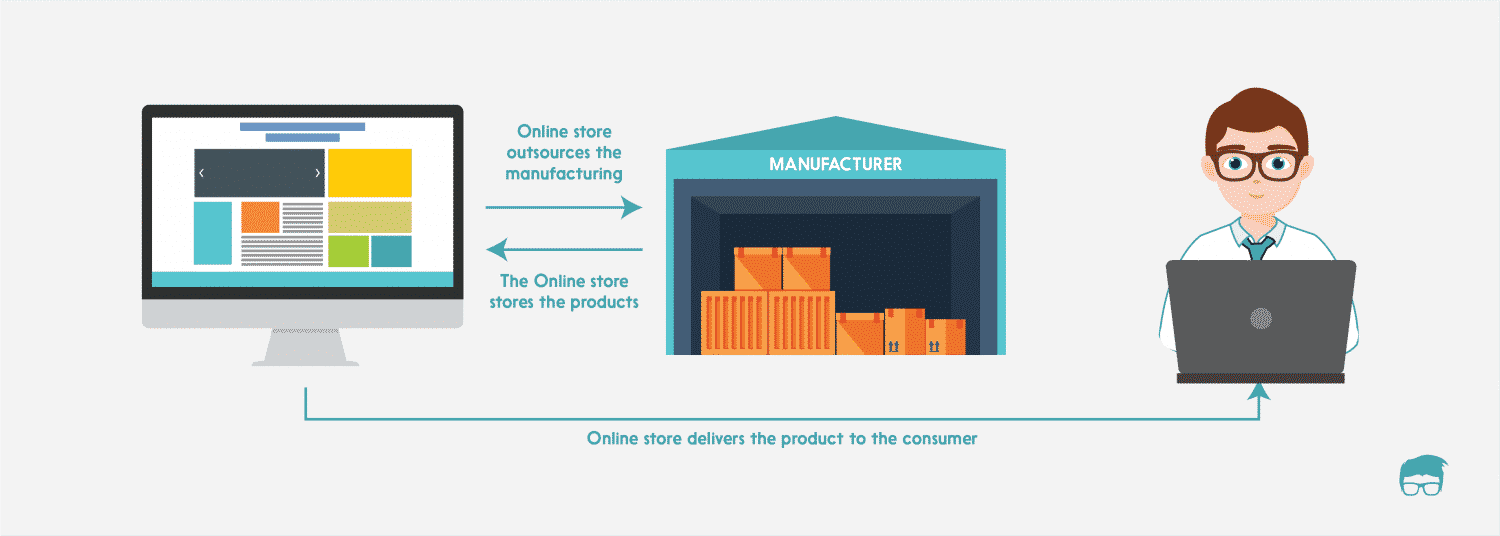
This business model is perfect for organisations that don’t have enough investment in manufacturing their own products. This business model allows you to outsource the manufacturing but at the same time put your name as a manufacturer on the label of the product.
This eCommerce business model turns out to be profitable as you make use of the infrastructure already set up by the outsourcing company. This business model suits businesses which:
- want every aspect of the product in their control
- deal in products which are similar to other competitors
However, there are certain limitations to the wholesaling and warehousing business model. These include
- This isn’t for commitment-phobic businesses as goods once manufactured belong to the business
- Businesses have to develop a process to monitor and maintain quality control
How To Start white-labelling Business?
Sourcify connects many businesses to factories to encourage this business model.
Ecommerce Revenue Model
The front end of the business is as important as the back end. Ecommerce businesses plan their revenue model in many different ways. These include:
Direct Sales Model
The direct sales model is the most commonly used revenue earning model adopted by ecommerce companies. It involves setting up a store in an online marketplace or a self-owned website and shipping the goods as and when the customer pays the money.
Freemium Model
Freemium model is prevalent among SAAS providers who let you test some features of their software for free but charges money for advanced features.
Subscription Model
Subscription is one of the best strategies to retain users and have reliable income streams. Companies that rely on subscription revenue models deliver the customers products and services and charge them a fee for the same at regular, scheduled intervals.
Dollar shave club is a perfect example of the company relying on the subscription-based revenue model.
Credit Model
The ‘buy now, pay later’ model allows the customers to purchase the goods and services on credit and pay for them later. The income is generated in the form of profits + interest rate. This revenue model is widespread in mainland Europe but has recently found its way to other parts of the world.
British clothing company Next has seen a great response after adopting this revenue model.
Go On, Tell Us What You Think!
Did we miss something? Come on! Tell us what you think about this article on the ecommerce business model & eCommerce revenue model in the comments section.
A startup consultant, digital marketer, traveller, and philomath. Aashish has worked with over 20 startups and successfully helped them ideate, raise money, and succeed. When not working, he can be found hiking, camping, and stargazing.
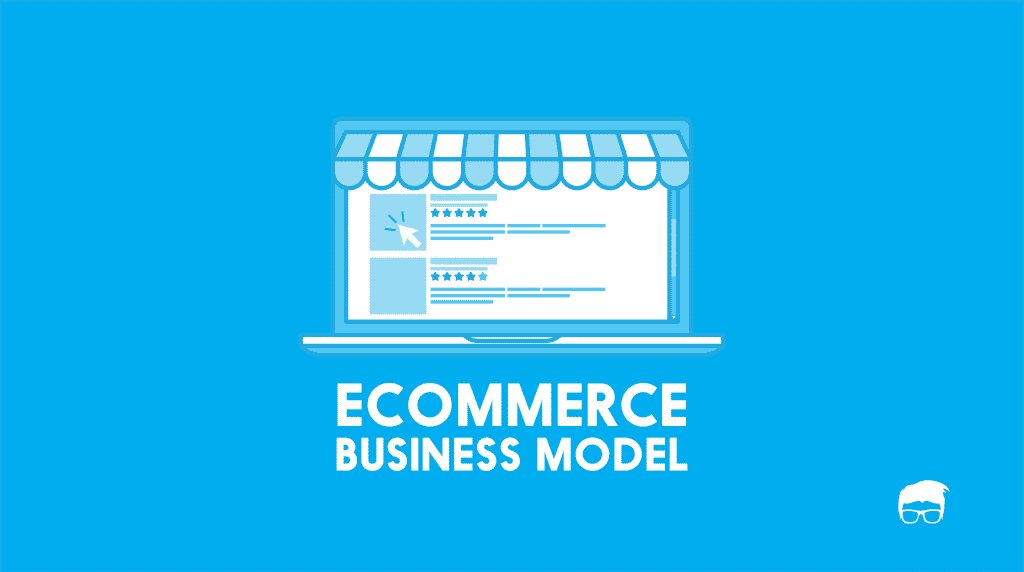
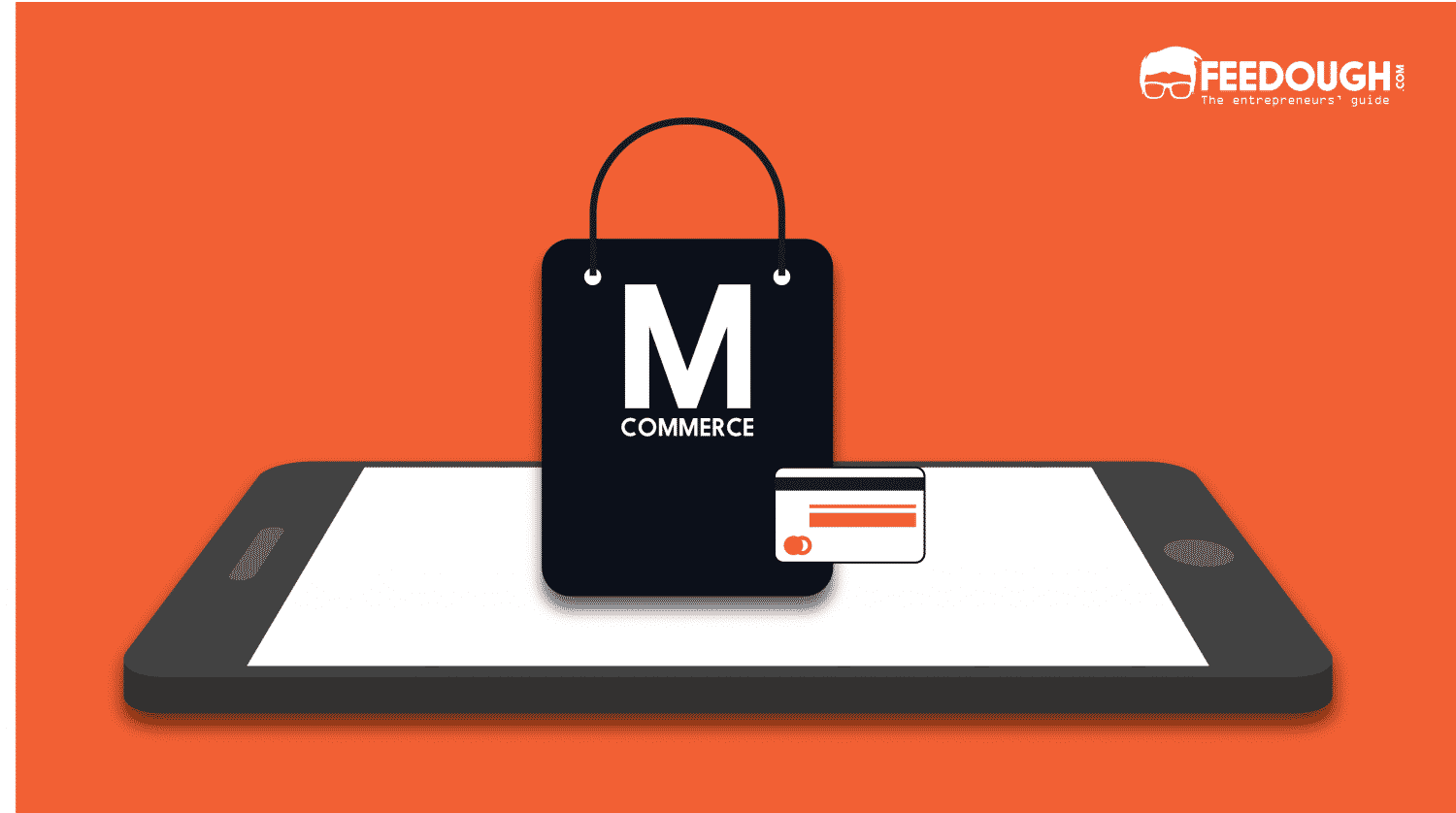
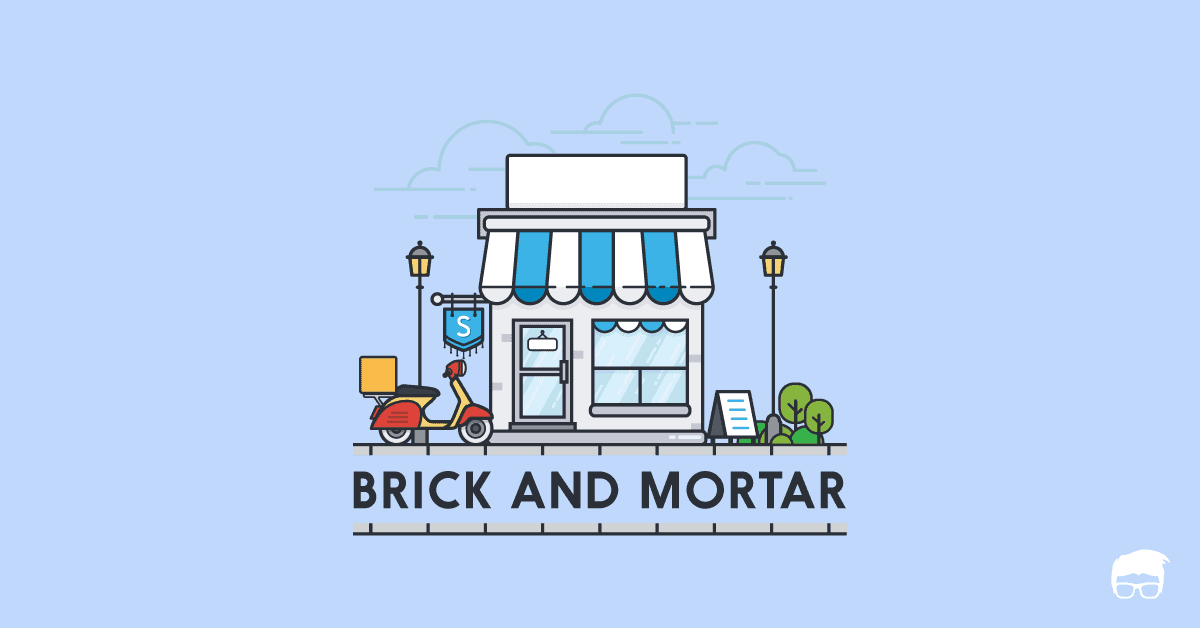
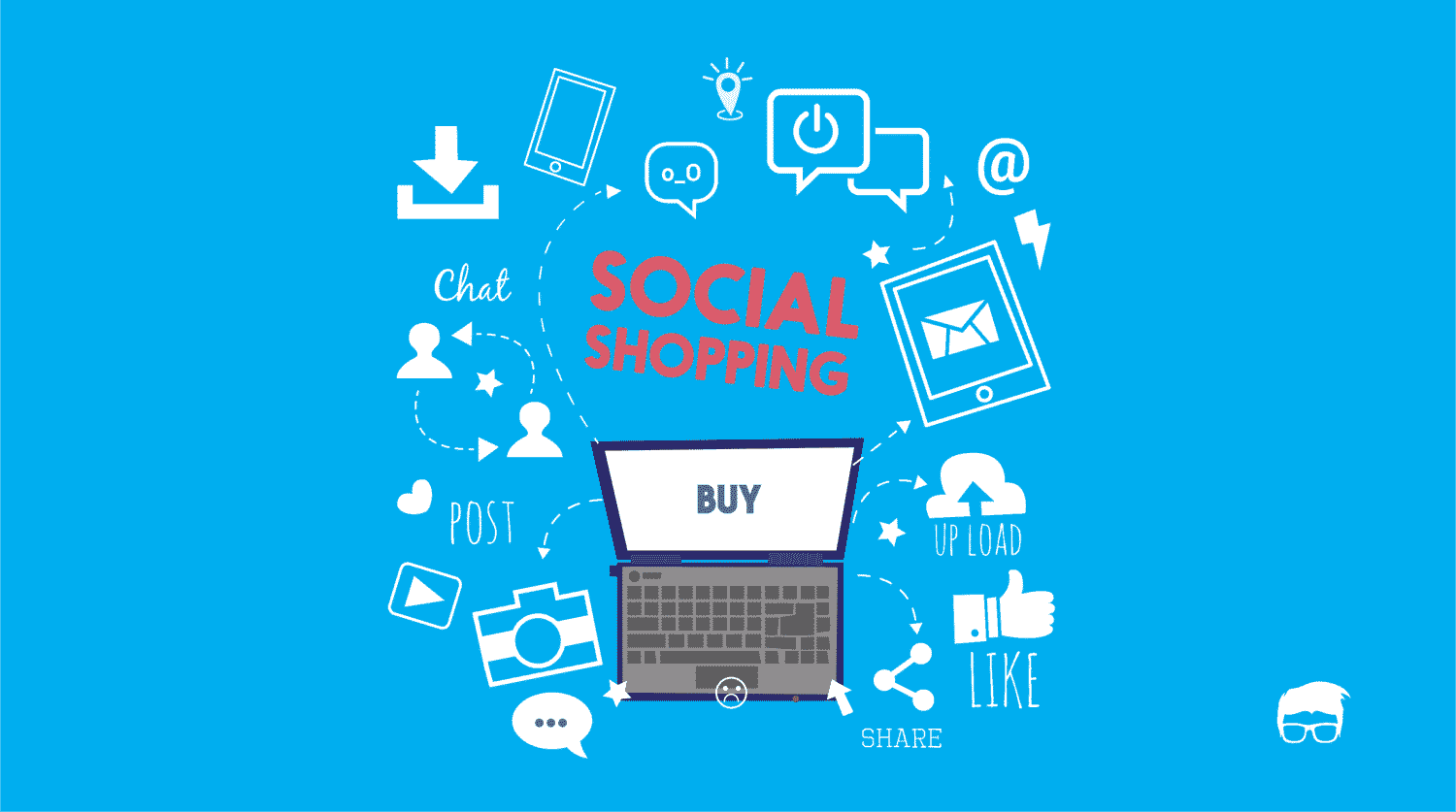
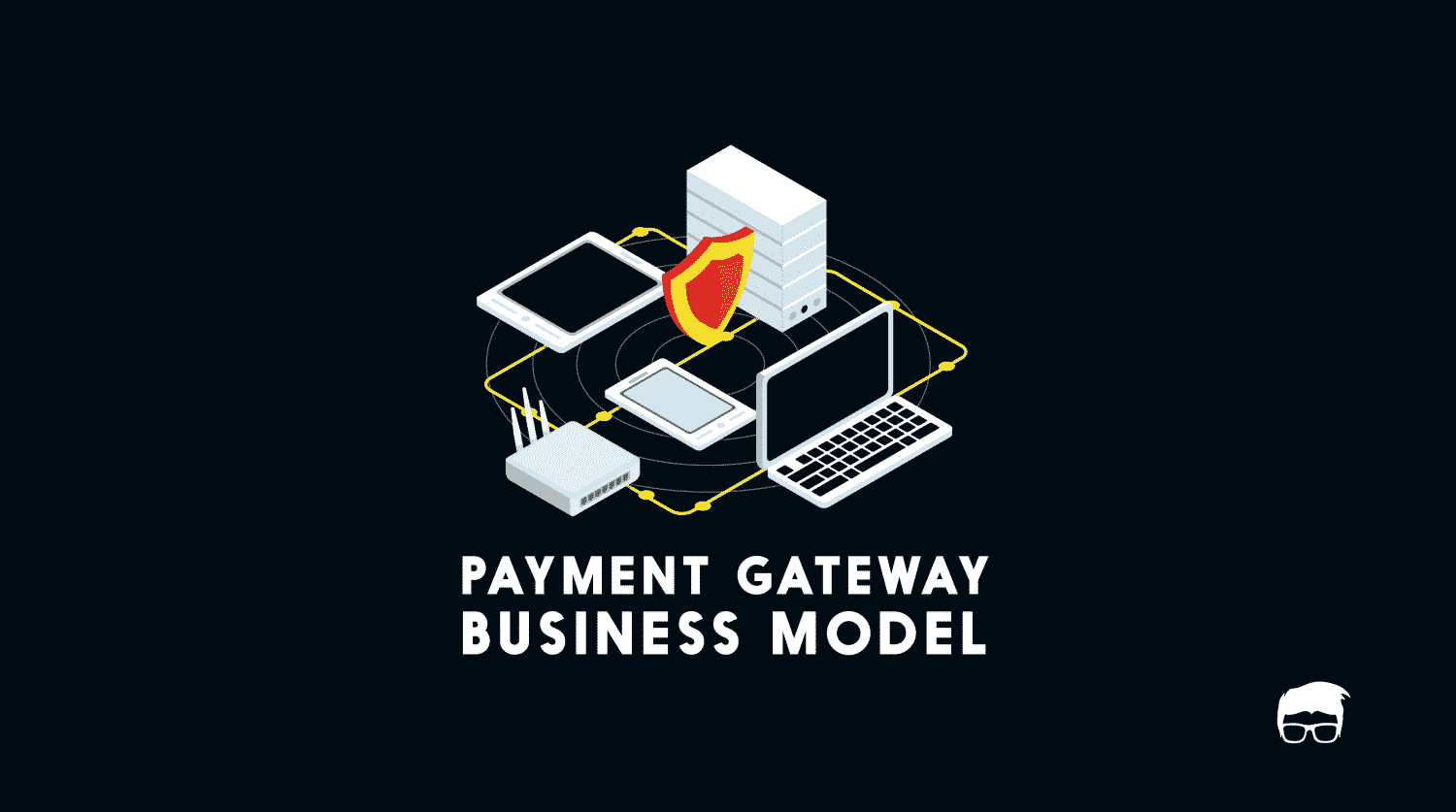
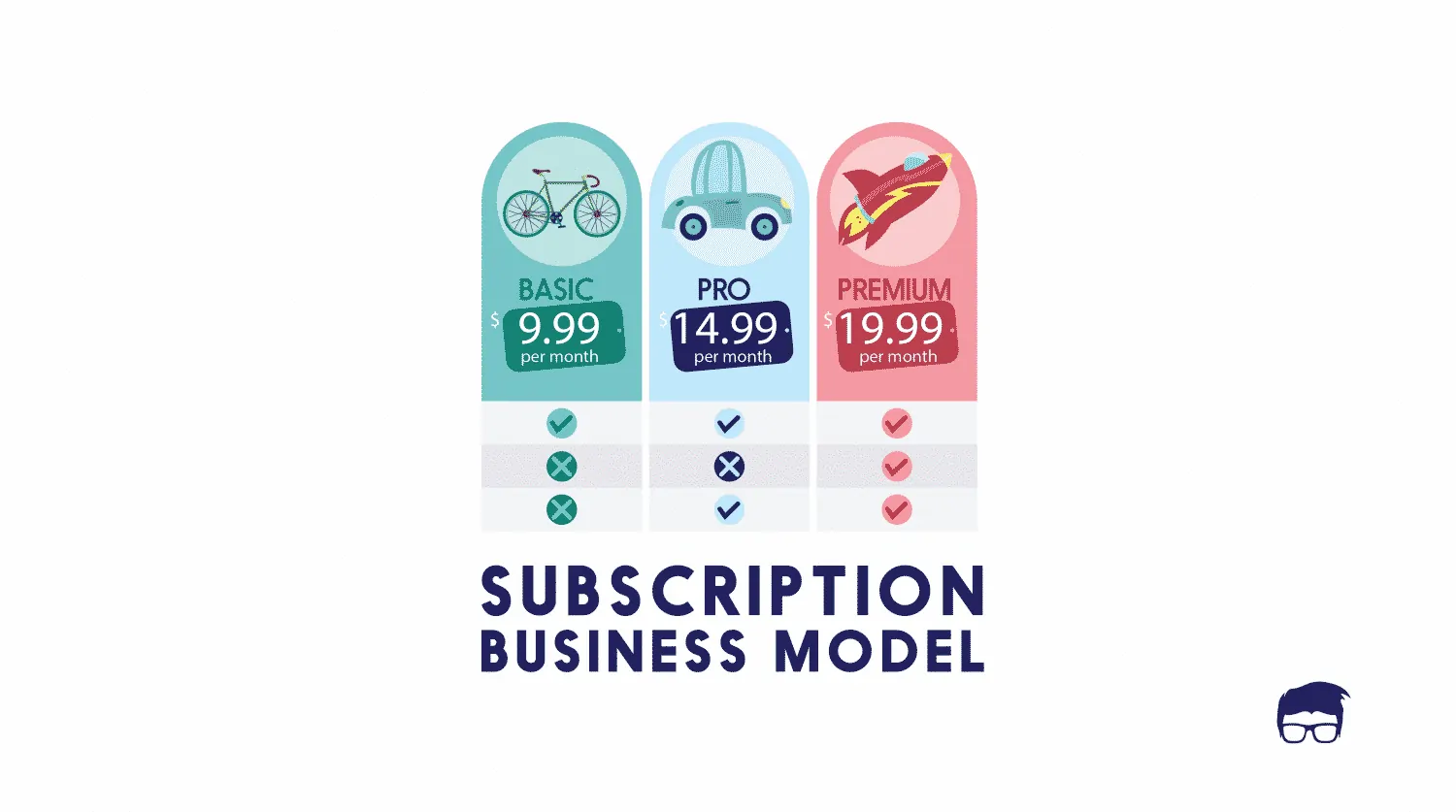
![What Is Upselling? How To Upsell? [Detailed Guide] UPSELLING](https://www.feedough.com/wp-content/uploads/2018/05/UPSELLING-20.webp)
